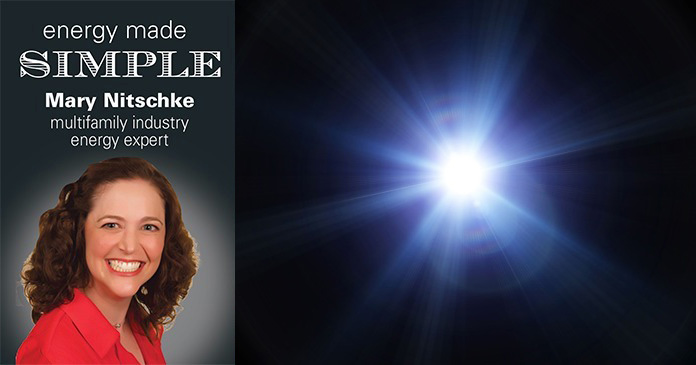“You cannot manage what you do not measure.” –Peter F. Drucker.
I cannot tell you the number of times I have seen or heard that quote applied to the importance of benchmarking for sustainability. If we played a drinking game where we all drank a shot of whiskey every time we saw that quote in a presentation or as a tag line in someone’s signature block, we would die of alcohol poisoning.
What I find so frustrating after seeing that quote for more than a decade is that it is difficult to apply to sustainability. We are measuring to the extent we can using the data we can get our grubby little fingers on. We get SO EXCITED when we get data. Even when we only get it once a year, we pour over it with grateful, loving eyes. We make spreadsheet after spreadsheet showing ROI, IRR, NPV, GHG, etc. Our problem is not that we do not measure, it is that we cannot measure. Which is why the Drucker quote foisted on sustainability irks me.
MY FAVORITE QUOTE to apply to sustainability is from the 2014 Guillermo Del Toro movie, “HellBoy”. It is: “In the absence of light, darkness prevails.” I know I have used it before because it is SO TRUE. Most of the time we live in darkness when it comes to data. Even with LED lighting and low flow devices, we cannot usually tell for at least months if what we have done has had a positive benefit.
After retrofitting a community with low flow showerheads, I once had a resident issue feedback saying, “Since you switched the showerheads, I now have to take a 10-minute shower when before I could get clean in 8 minutes.” I replied that by taking out the 2.5 gallon per minute showerhead and installing a 1.5 gallon per minute model, even with the increase in the duration of her shower, we still saved five gallons of water per shower. This represented 1,825 gallons of water annually under the assumption that she showered daily. She was pleased with that since this was a property in drought-plagued California and she wanted to do good things. The point is, I had the data I needed to measure the results.
Which brings me to Scope 3 emissions data, which is many things, but the starting point for collecting it for apartments is measuring resident-paid in-unit consumption. We must capture it so we can affect it but most of this data is very much hidden from us. Yes, in certain cities and states, the utility providers will share it (and be prepared to check it as sometimes they do not include all the meters, so it is not actually whole building) but, from a data perspective, the majority of assets are still in darkness.















